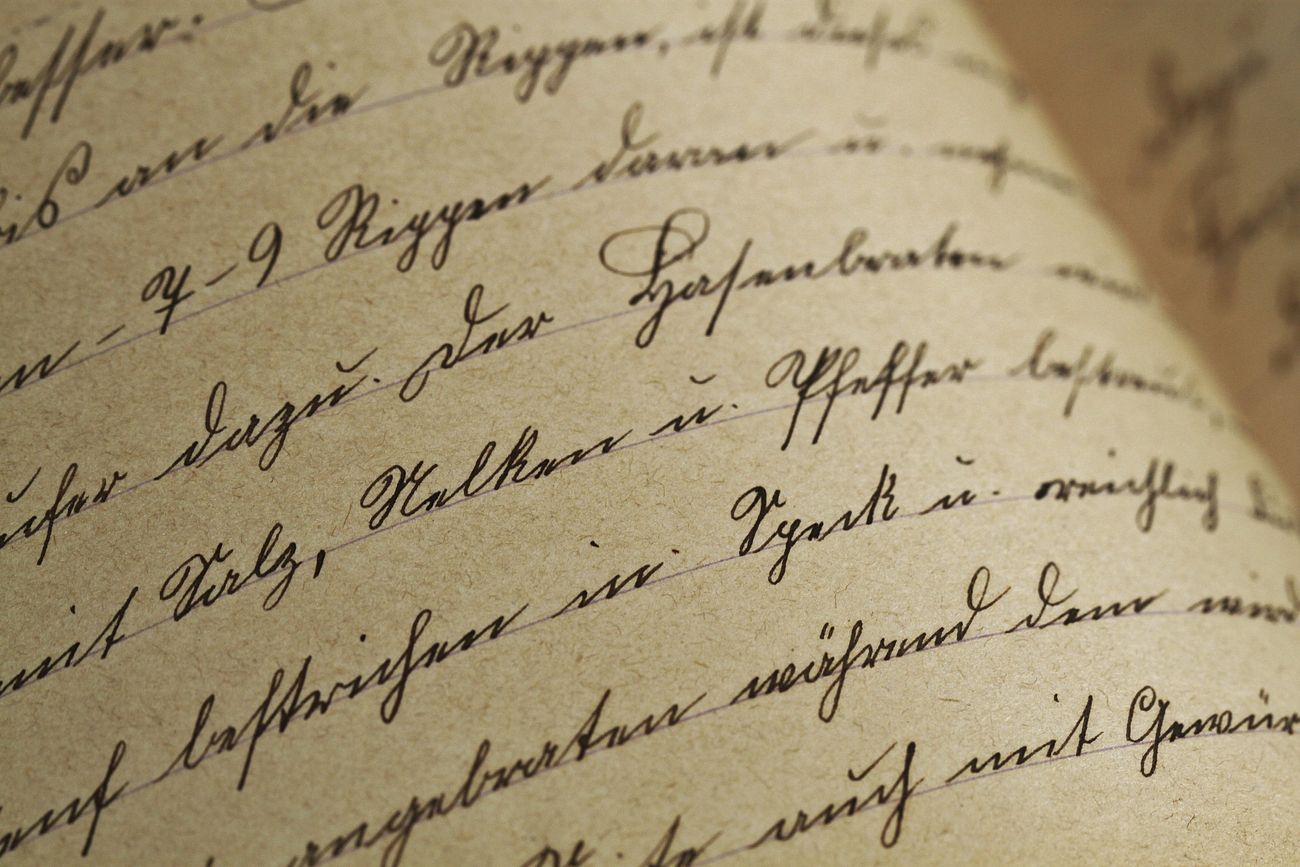calligraphy for beginners: tips for improving your handwriting, penmanship
Improving your handwriting is possible with the right techniques and practice. Whether you want to have better handwriting as an adult or you simply want to enhance your penmanship skills, these tips will help you achieve your goal.
How to Improve Your Handwriting
One of the first steps to improve your handwriting is to analyze your current handwriting style. Take a close look at the size, slant, and spacing of your letters. Notice any areas that need improvement, such as inconsistent letterforms or illegible writing. Understanding the areas that need improvement will help you focus on specific aspects as you practice.
Another important aspect of improving your handwriting is holding your pen or pencil correctly. A proper grip will allow for better control and smoother writing. Hold the pen with a relaxed grip, using your fingers and not your wrist or arm to move the pen. This will help you achieve more natural and fluid movements when writing.
Practicing writing in straight lines is another effective technique for improving your handwriting. Use lined paper to guide your writing and ensure consistency in letter size and alignment. Start by writing individual letters in straight lines, then progress to writing words and sentences. This will train your hand and eye coordination, leading to neater and more readable handwriting.
Tips for Writing with a Pen
If you prefer writing with a pen, it’s important to choose the right one that suits your needs. Experiment with different types of pens, such as ballpoint, rollerball, or felt tip, to find the one that feels most comfortable in your hand and produces the desired effect on paper.
Furthermore, exploring different handwriting styles can add variety and personalization to your writing. Try writing in cursive or in different decorative fonts to find a style that suits your preferences. This can make the act of writing more enjoyable and help you develop your own unique penmanship.
Developing a relaxed grip is also crucial for comfortable and efficient penmanship. Many people tend to grip their pen too tightly, which can lead to cramped and strained writing. Practice holding the pen lightly, allowing for more freedom of movement and avoiding unnecessary tension in your hand.
Benefits of Cursive Writing
Cursive writing offers numerous benefits beyond aesthetic appeal. One of the advantages is that it enhances hand-eye coordination. The fluid motions of cursive writing require the coordination of fine motor skills, allowing for smoother penmanship.
Additionally, cursive writing improves letter formation. The continuous flow of cursive letters helps develop muscle memory and ensures consistent shape and size. This can result in legible and well-formed letters, enhancing the overall readability of your handwriting.
Cursive writing also increases writing speed. The connected nature of the letters allows for quicker writing compared to printing individual letters. With practice, you’ll be able to write more efficiently, saving time and effort in your daily writing tasks.
Using Lined Paper to Improve Handwriting
Lined paper can be a valuable tool in your journey to improve your handwriting. It helps with maintaining consistent letter slant and spacing, which are essential for legibility.
Understanding the proper slant and spacing of your letters is important for creating visually pleasing handwriting. Slant refers to the slope of your letters, while spacing refers to the gaps between letters and words. Practice writing with the appropriate slant and spacing to achieve a balanced and visually appealing result.
Using the proper paper size and ruling is also crucial for improving your handwriting. Choose paper with ruling that matches the size of your handwriting. If your letters are small, opt for narrower ruling, whereas if your letters are larger, wider ruling may be more suitable. This ensures that you have enough space to write comfortably and neatly.
When practicing, focus on lowercase letters. The majority of your writing consists of lowercase letters, so improving their form and consistency can significantly enhance the overall legibility of your handwriting. Practice lowercase letters individually and in words to develop muscle memory and improve your letterforms.
Free Handwriting Worksheets to Practice At Home
There are various free resources available online that offer handwriting practice worksheets. These worksheets cater to different needs and areas of improvement, making it easier for you to target specific aspects of your handwriting.
Alphabet practice sheets are excellent resources for learning how to form letters correctly. They provide guidance on letter shape and stroke sequence, allowing you to practice each letter individually and in context. Additionally, they help you establish a consistent size and proportion for your letters.
Letterform improvement exercises focus on refining the shape and proportion of your letters. They typically include drills and repetition of specific letter combinations to develop muscle memory and reinforce correct letterforms. These exercises are particularly useful for addressing common letterform issues, such as inconsistent spacing or misshapen letters.
If you’re interested in brush lettering or other decorative writing styles, there are practice templates available online as well. These templates provide guidelines and examples for creating various brush lettering styles, allowing you to practice and improve your hand lettering skills.
Remember that practicing regularly is key to improving your handwriting. Dedicate a few minutes each day to writing exercises and practice sheets to gradually enhance your penmanship. With patience and persistence, you’ll be able to see noticeable improvements in your handwriting.
In conclusion, calligraphy and good handwriting are skills that can be learned and improved with practice. By implementing the tips mentioned above, you can take steps to improve your handwriting and achieve the legible and aesthetically pleasing penmanship you desire. Whether you choose to practice with a pen or pencil, focus on cursive writing, or utilize lined paper and practice worksheets, consistent effort will lead to positive results. Embrace the journey of self-improvement and enjoy the process of refining your handwriting skills.
